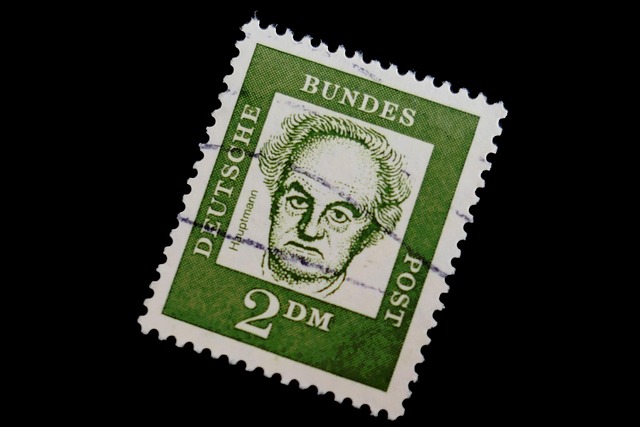
Collection Letters Should Be Sent in Which Format
Understanding the Format for Collection Letters
When it comes to managing collections, clarity and professionalism are key. Collection letters serve as formal notifications to debtors regarding outstanding amounts, and how these letters are formatted can significantly impact their effectiveness. In this guide, we'll explore the best formats for sending collection letters, ensuring you maintain a professional tone while effectively reminding clients about overdue payments. 📄
Why Format Matters
The format of a collection letter can set the tone for the communication. A well-structured letter not only conveys the necessary information but also reflects your business's professionalism. It’s essential to strike the right balance between being firm and maintaining a respectful tone. Here are some common formats to consider:
- Traditional Letter Format
- Email Format
- Collection Letter Templates
Using a traditional letter format is often the most formal approach. This includes your business’s letterhead, the date, and the recipient's address at the top. A traditional format is ideal for first-time communications or when dealing with larger sums of money.
In today’s digital age, email has become a popular method for sending collection letters. An email can be quicker and more convenient, allowing for faster communication. However, it’s crucial to maintain a formal tone and structure, even in an email. Use a clear subject line, such as “Payment Reminder: Invoice #12345,” to grab attention immediately.
Utilizing collection letter templates can streamline the process. These templates provide a standardized format that can be customized to fit various scenarios, ensuring that all key information is conveyed effectively. Templates can save time and help maintain consistency across communications.
Key Components of a Collection Letter
Regardless of the format you choose, certain components are essential in any collection letter:
- Clear Subject Line or Heading
- Professional Greeting
- Details of the Debt
- Call to Action
- Closing Statement
Whether in an email or a traditional letter, a clear subject line or heading helps the recipient understand the purpose of the letter immediately.
Start with a professional greeting, addressing the recipient by name if possible. This personal touch can make the letter feel more respectful.
Clearly outline the outstanding amount, the original invoice number, and any relevant dates. Transparency here is crucial.
Encourage the recipient to take action, whether that’s making a payment or contacting you for further discussion. Be polite yet firm.
End on a positive note, expressing hope for a swift resolution. A friendly closing can help maintain a good relationship.
Best Practices for Sending Collection Letters
Here are some best practices to keep in mind when sending collection letters:
- Follow Up
- Use Professional Language
- Be Consistent
If you don’t receive a response, don’t hesitate to follow up. A gentle reminder can sometimes prompt action.
Always use polite and professional language. Avoid aggressive tones, as they can damage relationships.
Consistency in your approach can help set expectations. If you have a standard procedure for collections, stick to it.
Leveraging Technology
Incorporating technology can enhance your collections process. For instance, using AI tools in email applications like Outlook can help automate reminders and track responses, making your workflow more efficient. 📧
Conclusion
Choosing the right format for collection letters is crucial for effective communication. Whether you opt for a traditional letter, an email, or a template, ensure that your message is clear, professional, and respectful. By following these guidelines, you can improve your chances of receiving timely payments while maintaining positive relationships with your clients.







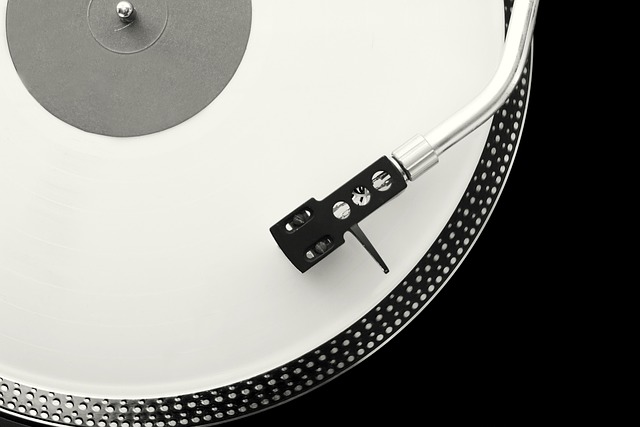
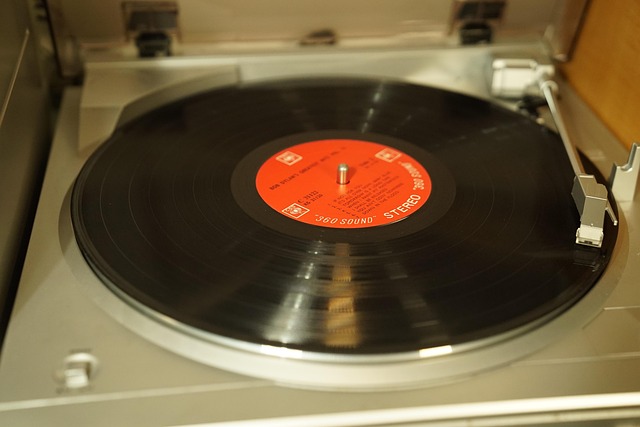





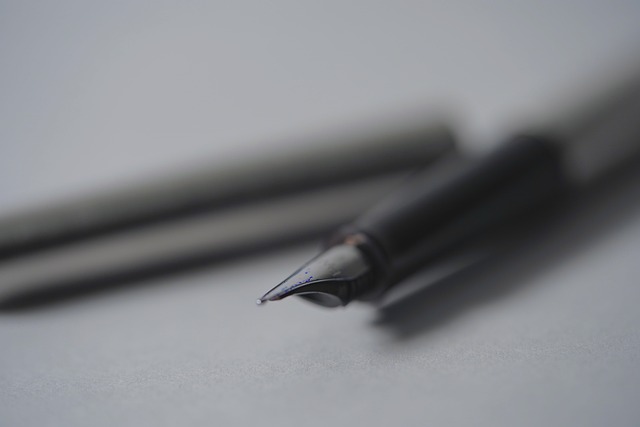
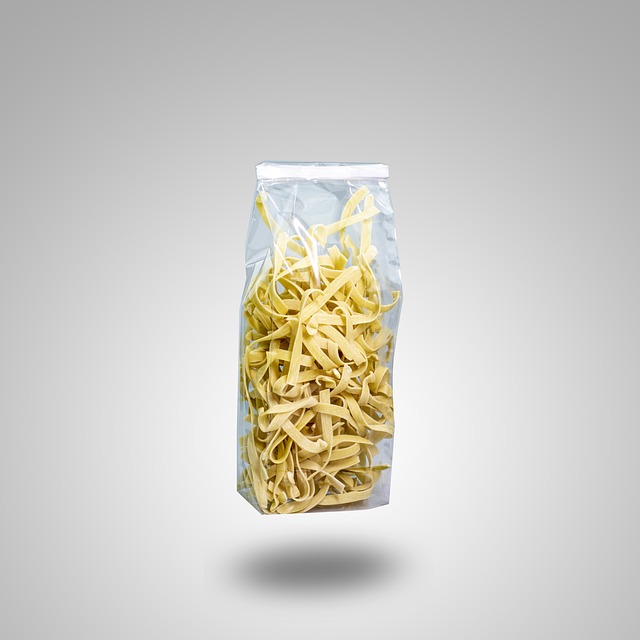

 Turntables Dj
Turntables Dj 
 Health
Health  Fitness
Fitness  Lifestyle
Lifestyle  Tech
Tech  Travel
Travel  Food
Food  Education
Education  Parenting
Parenting  Career & Work
Career & Work  Hobbies
Hobbies  Wellness
Wellness  Beauty
Beauty  Cars
Cars  Art
Art  Science
Science  Culture
Culture  Books
Books  Music
Music  Movies
Movies  Gaming
Gaming  Sports
Sports  Nature
Nature  Home & Garden
Home & Garden  Business & Finance
Business & Finance  Relationships
Relationships  Pets
Pets  Shopping
Shopping  Mindset & Inspiration
Mindset & Inspiration  Environment
Environment  Gadgets
Gadgets  Politics
Politics 